E-Cigs On The Rise
Photo provided by: engadget.com
Pictured above is a jull, an e-cigarette that releases vapor as opposed to the traditional carcinogens of regular cigarettes.
The New York Times recently published an article indicating that e-cigarettes are gaining popularity among middle school and high school students. The report said that from 2013-2014, usage of e-cigarettes by teenagers, as well that of hookah pipes, has tripled and “about a quarter of all high school students and 8 percent of middle school students — 4.6 million young people altogether — used tobacco in some form last year.”
So what makes “vaping” so popular?
For the average teenager, the most common incentives for vaping include doing so as pastime or for the taste and smoke tricks associated with it. “Vaping is a hobby,” said senior Austin Torrence, who has been vaping for around eight months. “It’s something to pass the time, and it’s entertaining.”
California state law states that minors cannot purchase e-cigarettes, but there are multiple places within the state, even in Camarillo, that will not “card” buyers. This lack of age verification provides minors with an enormous opportunity to become users.
An e-cigarette takes liquids such as juice or water and then burns it into vapor that is inhaled and exhaled, similarly to how a normal cigarette would be smoked. Compared to a normal cigarette, vaping produces a far more appealing smell, poses little to no risk of becoming addicted (unless juice with higher concentrations of nicotine is used), and results in massive monetary savings, since the only real expenses are the vape itself (commonly referred to as the “mod”), which includes components such as an atomizer and rechargeable battery, and the juice one puts in the vape. Of these two, only the juice needs to be replaced periodically, generally costing around $6 for 15 mL of liquid.
There are two different kinds of juice that one can use to vape: VG and PG.
VG stands for “vegetable glycerin,” which is an organic glycerol made from vegetable oil and originates from palm or coconut oil. It is commonly found in pharmaceutical, medical, and personal care products, according to the website bestclearomizer.com.
PG, standing for “propylene glycol,” is used in solvents, chemical additives, and various pharmaceutical products. The FDA (Food and Drug Administration) has classified PG juice under the “Generally Recognized As Safe” category.
Unlike a cigarette, a vape does not contain any tar or carbon monoxide and is thought to have minimal long-term health risks compared to normal cigarettes. Although the consequences of vaping are still mostly unknown, potential hazards include second-hand exposure and possible birth defects. To this date, not enough research has been conducted on the long-term effects of vaping to provide any convincing conclusions. However, there have been reports on the dangerous levels of formaldehyde that are inhaled when setting the voltage on a vape too high on a box mod. A safer substitute to box mods may be mechanical mods, which do not have any sort of voltage setting. For the time being, vaping appears to be a much safer substitute than using tobacco-related products.
“My parents wouldn’t approve of [vaping], obviously, and there’s not enough information about it to prove if it’s safe or not, so it’s better just to wait and definitively see what the long-term effects are,” said Katie McIlhaney, freshman.
“I’m not very concerned,” said Austin Swanson, senior at Rio Mesa High School, who has been vaping for a year and a half. “I use liquid with zero nicotine and all vegetable glycerin. Plus, I also don’t plan on doing it all day every day for years.”
According to an article posted by BBC, “Scientists say risks to users and passive bystanders are far less than those posed by cigarette smoke, but caution that the effects on people with respiratory conditions are not fully understood.”
One of the less common but very real dangers of vaping is the possibility of having the vape explode in an individual’s hand or mouth as they attempt to inhale. Within a vape, there is a customizable build that leads to more flavor or bigger clouds depending on the various coils and cotton inside of the mod. Amateur vapers should take their mods to a shop and have professionals make a build. If a build is not well-founded, the coils can heat up too fast and either catch fire or explode.
Although much about vaping is still unknown, parents and businesses are, for the most part, taking the cautious route and prohibiting e-cigs in their homes and buildings. From a legislative perspective, the only laws that prohibit minors from vaping is that e-cig sales can only be made to individuals at least 18 years of age. There is no law prohibiting usage of mods by minors.








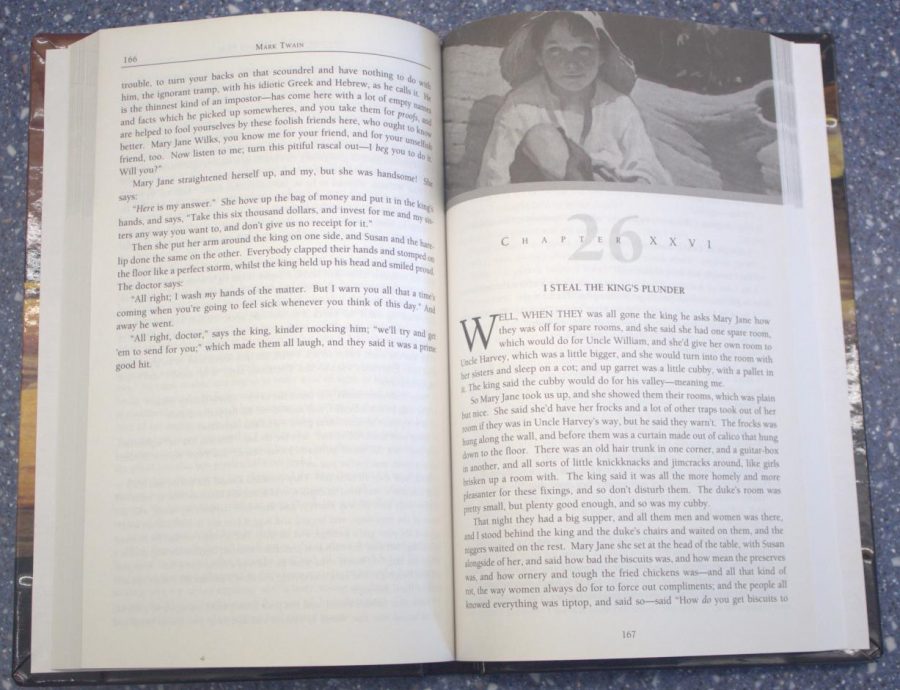


















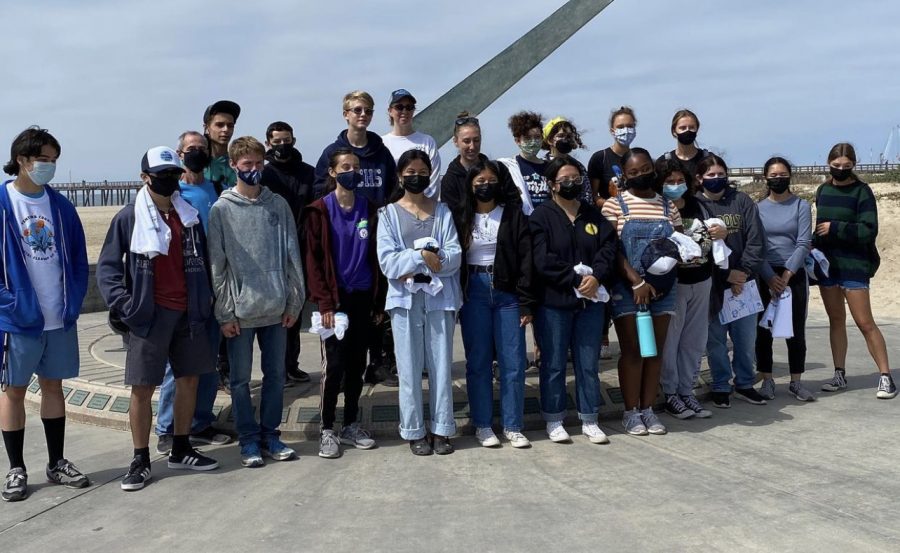













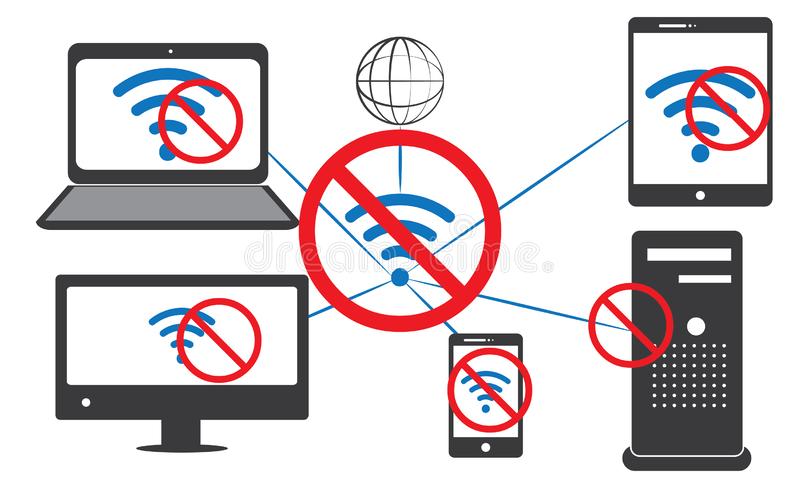
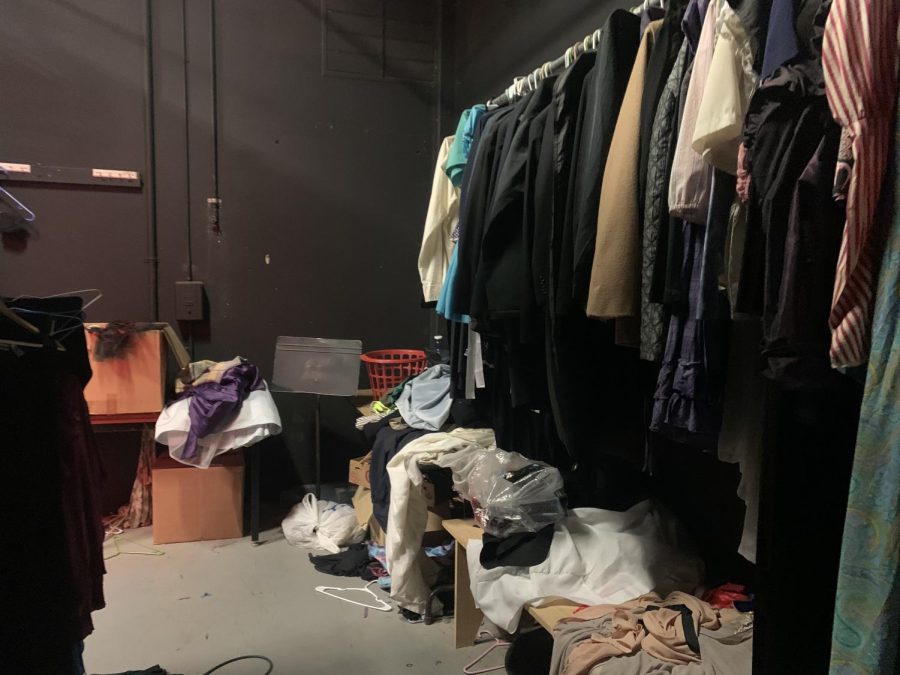



























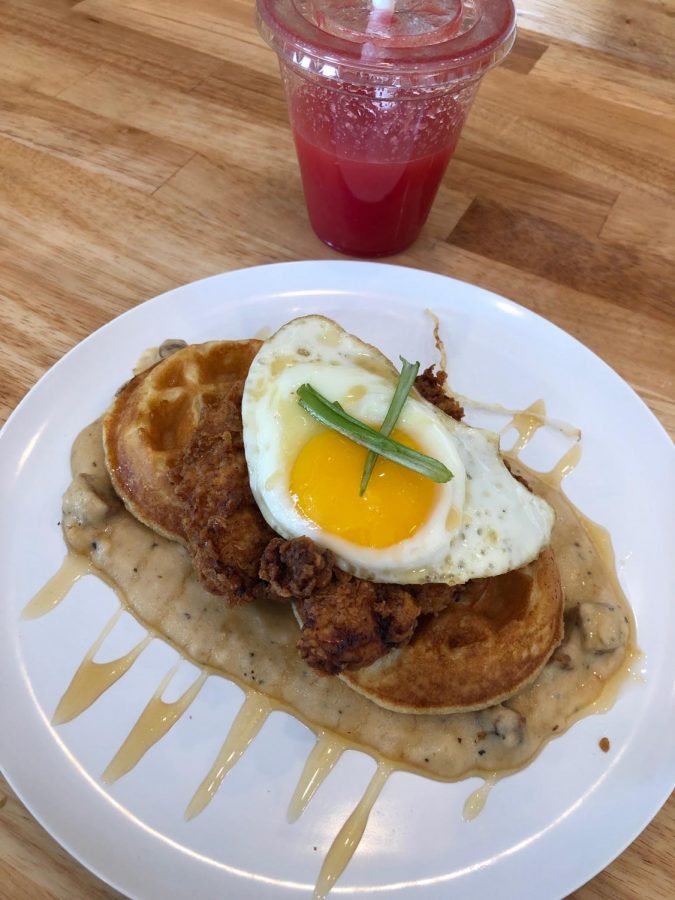










![Senior Ditch Day... Relaxation or Truancy? [Video]](https://achsstinger.com/wp-content/uploads/2017/10/IMG_7119-900x599.jpg)
![Heavy Rain Hits Cam High [video]](https://achsstinger.com/wp-content/uploads/2017/02/maxresdefault-900x506.jpg)



